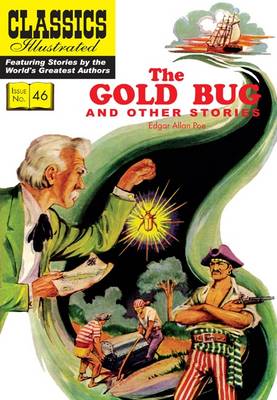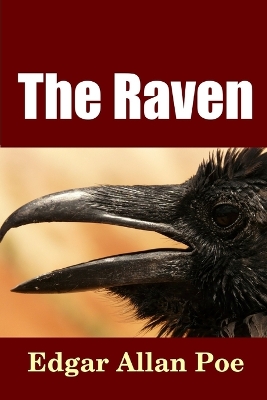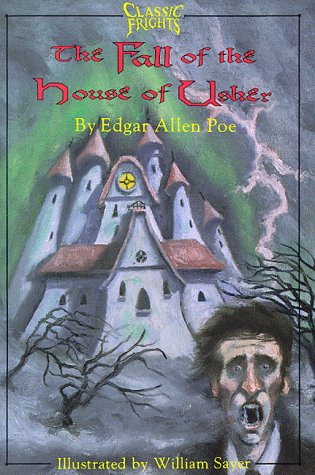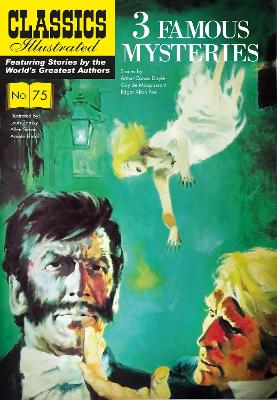Classics Illustrated
1 primary work • 4 total works
Book 46
Includes three Poe tales: The Gold Bug; The Tell-Tale Heart; and The Cask of Amontillado. Classics Illustrated tells these wonderful tales in colorful comic strip form, providing an excellent introduction for younger readers. Also includes theme discussions and study questions.



